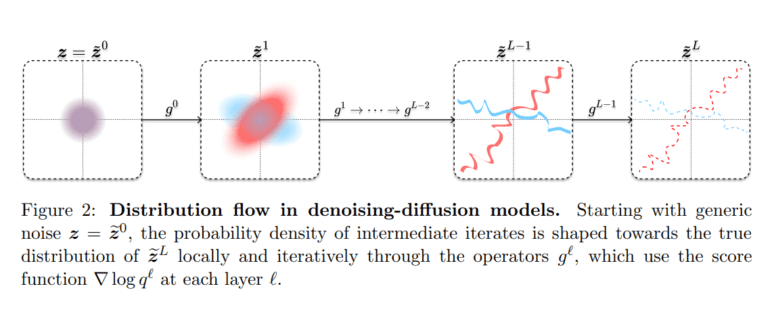TL;DR:
- Researchers from UC Berkeley and other institutions introduced CRATE, a novel white-box transformer.
- CRATE aims to optimize data compression and sparsification within deep learning representations.
- The approach utilizes a principled measure called “sparse rate reduction” to enhance data representations.
- CRATE’s transformer design is fully interpretable mathematically, making it a “white box” solution.
- The model demonstrates competitive performance across various tasks, including image and text data.
- CRATE’s potential to bridge theory and practice in deep learning holds promise for future research and development.
Main AI News:
In recent years, the exponential growth of deep learning’s practical success in handling vast amounts of high-dimensional and multi-modal data has been nothing short of remarkable. This remarkable achievement owes much to the innate ability of deep neural networks to unearth compressible low-dimensional structures within data and subsequently convert these discoveries into a streamlined, structured representation. Such representations have made various tasks, including vision, classification, recognition, segmentation, and generation, considerably more efficient and effective.
To unlock the potential of organized and condensed data representations, a collaborative effort by researchers from UC Berkeley, Toyota Technological Institute at Chicago, ShanghaiTech University, Johns Hopkins University, the University of Illinois, and the University of Hong Kong has converged on a singular objective: the pursuit of a principled measure of quality. In their groundbreaking work, these researchers posit that a primary goal of representation learning involves reducing the dimensionality of the space housing data representations (in this case, token sets) by fitting them into a Gaussian mixture, supported by incoherent subspaces.
The quality of such a representation is quantified using a principled metric called “sparse rate reduction,” which simultaneously optimizes intrinsic information gain and extrinsic sparsity within the acquired representation. The iterative processes employed to maximize this metric can be likened to the mechanics underpinning popular deep network designs like transformers. Notably, this approach leads to the creation of a transformer block, where the multi-head self-attention operator compresses the representation via an approximate gradient descent step on the coding rate of the features, followed by the specification of features through a subsequent multi-layer perceptron.
This endeavor has resulted in the development of a deep network design reminiscent of a transformer but distinctively characterized as a “white box.” In this context, the term “crate” or “crate-transformer” is introduced—an abbreviation for “coding-rate” transformer. Crucially, the researchers have provided rigorous mathematical proofs demonstrating that these incremental mappings are invertible in a distributional sense, with inverses belonging to the same operator family. Consequently, encoders, decoders, and auto-encoders can all be implemented utilizing a nearly identical crate design.
To ascertain the framework’s capability in bridging the theory-practice divide, the research team has conducted extensive experiments on both image and text data to evaluate the practical performance of the crate model across a broad spectrum of learning tasks and settings. Impressively, the crate model has demonstrated competitive performance compared to its black-box counterparts across all tasks and settings, including image classification via supervised learning, unsupervised masked completion for imagery and language data, and self-supervised feature learning for imagery data. Additionally, the crate model exhibits remarkable features, such as the ability to extract semantic meaning by effortlessly segmenting objects from their backgrounds and partitioning them into shared components. Each layer and network operator within the model possesses both statistical and geometric significance. The researchers firmly believe that this computational paradigm holds tremendous promise in unifying deep learning theory and practice through the lens of data compression.
The research team acknowledges that their work does not aim for state-of-the-art performance on all tasks, as achieving such results would require extensive engineering and fine-tuning. Furthermore, their solutions are intentionally generic and lack task-specific flexibility. Nonetheless, they assert that their studies provide compelling evidence that the white-box deep network crate model, constructed from the analyzed data, offers universal effectiveness and establishes a robust foundation for future research and development in the field.
On large-scale real-world datasets and tasks, encompassing discriminative and generative scenarios within supervised, unsupervised, and self-supervised contexts, these networks consistently deliver performance on par with established transformers. Remarkably, they achieve this feat while possibly being the simplest among all available architectures. This work introduces a fresh perspective that promises to illuminate the vast potential of current AI systems, which frequently rely on deep networks like transformers.
Conclusion:
The introduction of CRATE, a white-box transformer, represents a significant advancement in the field of deep learning. Its ability to optimize data compression and enhance data representations while maintaining interpretability has the potential to reshape how AI systems are developed and deployed. This innovation opens up exciting opportunities for the market, particularly in industries reliant on efficient data processing and modeling.

